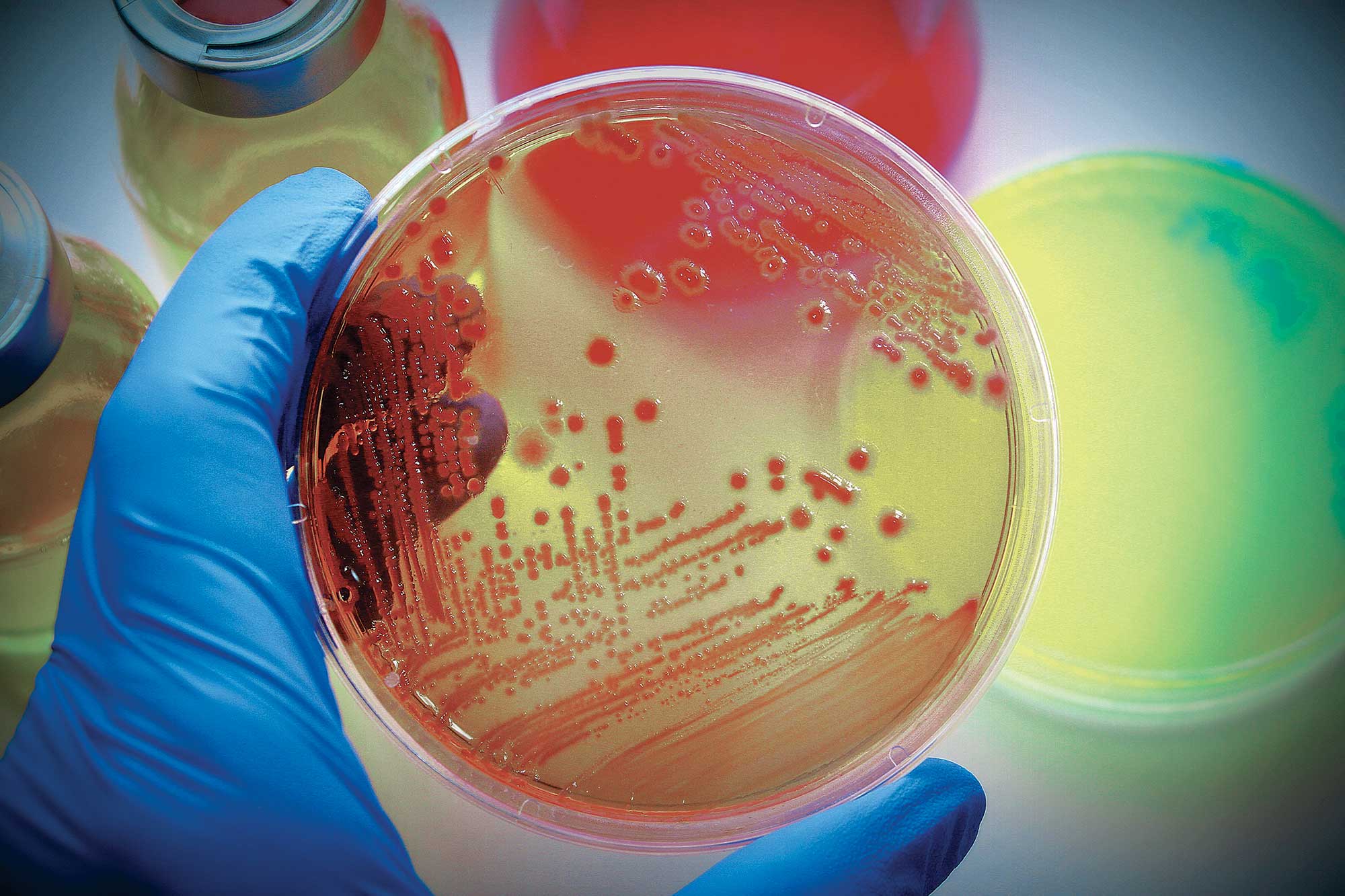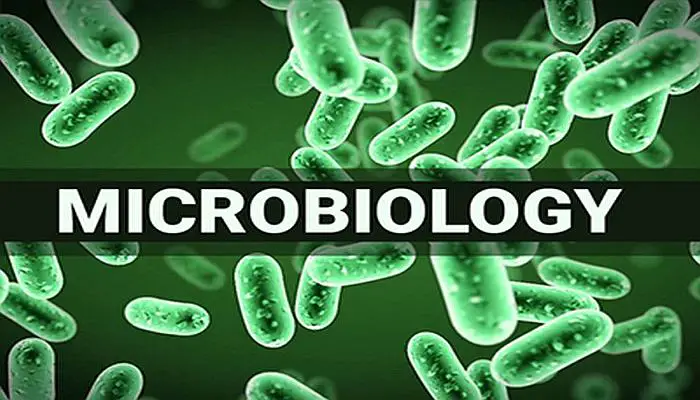Related Links
http://www.cellsalive.com
Cells alive!
Microbiology - Microbiology - The study of microorganisms: As is the case in many sciences, the study of microorganisms can be divided into two generalized and sometimes overlapping categories. Whereas basic microbiology addresses questions regarding the biology of microorganisms, applied microbiology refers to the use of microorganisms to accomplish specific objectives. The study of the.
http://en.wikipedia.org/wiki/Microbiology
Microbiology, Wikipedia
- For pre-nursing and allied health students (including mixed-majors courses). Cutting edge microbiology research for today’s learners. Tortora, Funke, and Case’s Microbiology, An Introduction brings a 21st.
- Microbiology is the study of all living organisms that are too small to be visible with the naked eye. This includes bacteria, archaea, viruses, fungi, prions, protozoa and algae, collectively known as 'microbes'.
http://highered.mcgraw-hill.com/sites/0072320419/student_view0/interactive_time_line.html
Microbiology: Interactive Time Line, McGraw-Hill Online Learning Center
http://www.maxanim.com/microbiology
Microbiology Animations
http://www.microbeworld.org
Microbeworld: Discover Unseen Life on Earth
http://pathmicro.med.sc.edu/book/welcome.htm
Microbiology and Immunology On-line
Microbiology is the study of microorganisms (also known as microbes), which are unicellular or cell-cluster organisms and infectious agents too small to be seen with the naked eye. This includes eukaryotes (organisms with a nucleus), such as fungi and protists, and prokaryotes (organisms without a nucleus), such as bacteria.
A fundamental understanding of how a cell works has come through the study of microorganisms. But microbiology also is an applied science, helping agriculture, health and medicine and maintenance of the environment, as well as the biotechnology industry. Microbiologists study microbes at the level of the community (ecology and epidemiology), at the level of the cell (cell biology and physiology) and at the level of proteins and genes (molecular biology).
Microorganisms are extremely important in our everyday lives. Some are responsible for a significant proportion of the diseases affecting not only humans, but also plants and animals, while others are vitally important in the maintenance and modification of our environment. Still others play an essential role in industry, where their unique properties have been harnessed in the production of food, beverages and antibiotics. Scientists also have learned how to exploit microorganisms in the field of molecular biology, which makes an enormous impact both industrially and medically. Microbiology also encompasses immunology, the study of the body’s ability to mount defenses against infectious microbes.
Because microbiology, by definition, studies organisms not visible to the naked eye, we can consider late-17th-century Dutch scientist Antony van Leeuwenhoek the father of the discipline. Leeuwenhoek was the first person to describe tiny cells and bacteria, and he invented new methods for grinding and polishing microscope lenses that allowed for curvatures providing magnifications of up to 270 diameters, the best available lenses at that time. But while van Leeuwenhoek is cited as the first microbiologist, the first recorded microbiological observation — the fruiting bodies of molds — was made earlier, in 1665, by English physicist Robert Hooke.
Other notable people in the history of science who made fundamental discoveries about microorganisms are 19th-century scientists Louis Pasteur and Robert Koch, who are considered the founders of medical microbiology. Pasteur is most famous for his series of experiments designed to disprove the then-widely held theory of spontaneous generation, which solidified microbiology’s identity as a biological science. Pasteur also designed methods for food preservation (pasteurization) and vaccines against several diseases, such as anthrax, fowl cholera and rabies. Koch is best known for his contributions to the germ theory of disease, proving that specific diseases were caused by specific pathogenic microorganisms. He developed a series of criteria that have become known as Koch’s postulates. Koch was one of the first scientists to focus on the isolation of bacteria in pure culture, resulting in his description of several novel bacteria, including Mycobacterium tuberculosis, the causative agent of tuberculosis.
Finally, some of the most important discoveries affecting public health occurred in the 20th century, such as the discovery of penicillin by Alexander Fleming, which started a rush to find other natural, and eventually synthetic, antibiotics; the development of vital vaccines, including those for polio and yellow fever; and the birth of molecular biology, which happened in the 1940s with the study of bacteria.
Subdisciplines of Microbiology
Bacteriology
This is the study of bacteria.
Environmental Microbiology
This is the study of the function and diversity of microbes in their natural environments.
Evolutionary Microbiology
This is the study of the evolution of microbes.
Food Microbiology
This is the study of microorganisms causing food spoilage as well as those involved in creating foods such as cheese and beer.
Industrial Microbiology
This is the exploitation of microbes for use in industrial processes, such as industrial fermentation and wastewater treatment. This subdiscipline is linked closely to the biotechnology industry.
Medical (or Clinical) Microbiology
This is the study of the role of microbes in human illness. It includes the study of microbial pathogenesis and epidemiology and is related to the study of disease pathology and immunology.
Microbial Genetics
This is the study of how genes are organized and regulated in microbes in relation to their cellular functions. This subdiscipline is related closely to the field of molecular biology.
Microbial Physiology
This is the study of how the microbial cell functions biochemically. It includes the study of microbial growth, microbial metabolism and microbial cell structure.
Mycology
This is the study of fungi.
Veterinary Microbiology
This is the study of the role in microbes in veterinary medicine.
Virology
This is the study of viruses.

LEARN MORE
ABOUT
Microbiology Definition
Influenza! Plague! Ebola! Anthrax! You've seen them in the movies and on TV — microbes are everywhere. But did you also know that microbes helped in the Gulf oil spill? That one day your car may run on gas produced by microbes? That fungi produces antibiotics that may one day save your life? Microbiology majors take a closer look at all these issues and more. Are you interested in infectious disease? At Clemson, you can pursue a general microbiology degree or you can choose to do a major concentration in biomedicine. If you choose to follow the general microbiology curriculum, you'll take one class in each of these three areas — biomedicine, environmental, food and industrial microbiology. Microbiologists seek to describe and characterize organisms in structure, function and processes of reproduction, growth and death at cellular and molecular levels. They are also interested in the ecology of microbes and the interaction with higher-level organisms.

FAST FACTS
- Clemson is home to a world-class advanced light imaging facility that supports education and research.
- Undergraduate research opportunities are available in medicine, biofuels, bioremediation and more.
- Our graduates go on to medical, dental and pharmacy school as well as graduate school for their Ph.D.
- We offer a concentration in biomedicine, which is great for students planning to pursue a career in the medical field.
WHAT YOU'LL STUDY
Bachelor of Science in Microbiology: With a wide choice of electives, the microbiology curriculum allows you the flexibility to take courses for a minor in a different discipline, which will help you prepare for a career in your specific interest area. The general microbiology degree requires a course from a select list in each of the following areas: biomedicine, environmental, and food safety, industrial and technology microbiology.
Bachelor of Science in Microbiology-Biomedicine Concentration: Suited for students planning postgraduate studies, especially in infectious disease. This concentration allows students to take more courses related to human health and disease. In addition, you'll be required to take additional biomedical courses that you'll choose from a predetermined list.
Curriculum
Popular Minors
- Chemistry
- Biochemistry
- Food Science
- Genetics
- Legal Studies
- Modern Languages
- Philosophy
- Psychology
- Wildlife and Fisheries Biology
Similar Majors
EXPERIENCES BEYOND THE CLASSROOM
Outside the classroom, microbiology majors participate in various clubs, conduct independent research projects, gain experience in internship positions, and find time to study abroad.
Research
You'll have a chance to conduct research through a wide offering of Creative Inquiry teams. These student teams take on research under the guidance of faculty mentors and often present their findings at conferences or in publications.
Learn More »Study Abroad
Each year students travel to Costa Rica to work under the supervision of physicians and dentists. Students gain hands-on medical and/or dental experience and learn about tropical diseases and the country's health care system.
Microscopy
The Clemson Light Imaging Facility is a state-of-the-art light-imaging suite that houses advanced light microscopes equipment from Leica, Nikon and Zeiss.
Learn More »Service Learning
Gain teaching experience by serving as an undergraduate teaching assistant in laboratories offered by the Department of Biological Sciences.
AFTER GRADUATION
Your college decision isn't really about the next four years. We get it. It's about what doors are opened by your degree and whether those opportunities are what you had envisioned for yourself. Here's a snapshot of what life after graduation looks like for some of our most recent students.
WHERE OUR RECENT GRADUATES HAVE GONE
RECENT EMPLOYERS
Associate Scientist
Pfizer
Technical Associate
Milliken & Company
Laboratory Assistant
BASF
Microbiologist
S.C. Department of Health and Environmental Control
Environmental Microbiologist
Bausch & Lomb
Lab Assistant
LabCorp
Environmental Maintenance Technician
Alcami Corporation
RECENT POSTGRADUATE STUDIES
Ph.D. Neuroscience
Johns Hopkins School of Medicine
Master of Public Health
University of Michigan
Ph.D. Biomedical Sciences
Florida State University
Pharm.D.
University of North Carolina at Chapel Hill
J.D.
University of South Carolina
Ph.D. Microbiology and Cellular Sciences
University of Florida
MD
Medical University of South Carolina
Ph.D. Microbiology and Immunology
Baylor College of Medicine
COMMON CAREER AREAS
Microbiology Cheat Sheet Pdf
- Research and Development
- Basic and Applied
- Quality Control
- Administration
- Grant Writing
- Health Care
- Medicine
- Dentistry
- Optometry
- Podiatry
- Pharmacy
- Veterinary Medicine
- Allied Health
- Occupational Therapy
- Physical Therapy
- Medical Technology
- Nuclear Medicine
- Organismal Biology
- Botany and Plant Sciences
- Zoology, Ecology and Wildlife
- Marine and Aquatic
- Systematic and Taxonomy
- Entomology
- Genetics
- Education
- Formal Classroom Teaching
- Informal Teaching and Outreach
Used with permission from the University of Tennessee.
FIND OUT MORE
Have more questions or want more information? Fill out the form below, which goes directly to the following department contact. If you’d also like to receive general University information from Clemson’s admissions office, please follow the link to the right and sign up to join our mailing list.
Microbiology News
Clemson moments are the best moments.
Microbiology News
What will yours look like?
